In what fields are the shape memory characteristics of titanium nickel springs applied?
2024-12-05 22:16:45
The shape memory properties of titanium nickel springs have been applied in many fields.
In medicine, it is used to make blood vessel stents. The stent can be compressed to a small size at low temperatures for easy implantation through a catheter at the site of vascular lesions. Upon arrival, the stent can be restored to its original design shape under the action of human body temperature (close to its transition temperature), and the blood vessels can be stretched open to ensure the smooth circulation of blood. In orthodontics, nickel-titanium dental wire utilizes shape memory properties to continuously exert the appropriate corrective force on the tooth at the ambient temperature of the mouth, helping the tooth move into the correct position.
In the aerospace field, nickel-titanium springs are used to make some deployable space structural components. These parts can be folded up at launch to save space, and once in space, they can unfold into a predetermined shape in response to temperature changes, such as the unrolled structure of a solar panel.
In mechanical engineering, shape memory properties are used to create automatic traps. When the temperature changes, the nickel-titanium spring drives the valve to open or close, thereby controlling the flow of fluid and playing an automatic adjustment role.
In the field of electronic devices, it can be used to manufacture temperature-sensitive switches and connectors. When the temperature changes, the shape of the nickel-titanium spring changes, so that the circuit is switched on or off, and the temperature of the equipment can be protected.
Titanium nickel springs have obvious advantages over other materials.
In terms of elasticity, nickel-titanium springs have superelasticity. It can recover under large strain, the strain can be as high as 8-10% or so, while the ordinary metal spring strain is generally 1-2%, which makes the nickel-titanium spring can still work normally after enduring large deformation.
Shape memory is a unique advantage of nickel-titanium springs. It can remember the original shape, and after deformation, as long as it reaches a certain temperature condition, it can return to the original shape, which is called the "transition temperature".
Nickel-titanium springs also have good corrosion resistance. In complex media such as human body fluids or some chemical environments, it is more resistant to corrosion than springs of materials such as stainless steel, so it is widely used in medical equipment and other fields.
Moreover, the biocompatibility of nickeltitanium spring is very good, after implantation in the human body, the human tissue rejection reaction to it is very small, suitable for making medical implant devices, such as orthodontic dental arch wire.
The raw materials for making titanium nickel springs have the following requirements:
The first is the requirement of composition proportion. The proportion of nickel-titanium in Nitinol should be precise, and the nickel content is generally about 45-55%, because the proportion of components will significantly affect the shape memory effect and the key properties of the spring, such as superelasticity.
In terms of purity, the purity of nickel and titanium is higher. High purity can ensure the stability and reliability of the material properties and reduce the interference of impurities on the alloy properties, for example, impurities may reduce the corrosion resistance and shape memory properties of the material.
The particle size of the material is also important. The fine and uniform grain can make the spring have better strength and toughness. Because the fine grain can hinder the movement of dislocation, the material is not easy to crack and other defects in the deformation process.
From the point of view of processing performance, raw materials should be convenient for subsequent processing, such as wire drawing. This requires that the material has good ductility and can be smoothly drawn through the mold to make a filament of the desired diameter for winding the spring.
To ensure that the particle size of titanium nickel springs raw materials meets the requirements, you can start from the following aspects:
In the raw material production stage, the control of the melting process is very important. Using advanced technology such as vacuum induction melting, precise control of melting temperature, time and cooling speed. For example, properly reducing the melting temperature and shortening the melting time can prevent excessive grain growth. At the same time, using rapid cooling methods, such as copper mold casting, can obtain a small initial grain size.
In the processing of raw materials, reasonable thermal mechanical treatment is also very important. For example, hot processing such as forging and rolling in the appropriate temperature range can fine grains. In the process of hot processing, the material is dynamically recrystallized at high temperatures, and the newly formed grains will hinder the growth of the original grains, thus refining the grains. In addition, the subsequent annealing temperature and time should be accurately controlled to avoid abnormal grain growth during the annealing process.
In addition, adding trace elements is also an effective method. Appropriate addition of niobium (Nb), zirconium (Zr) and other elements can effectively inhibit grain growth. These trace elements will segregate at the grain boundary, reduce the migration rate of the grain boundary, and thus play the role of refining grains.

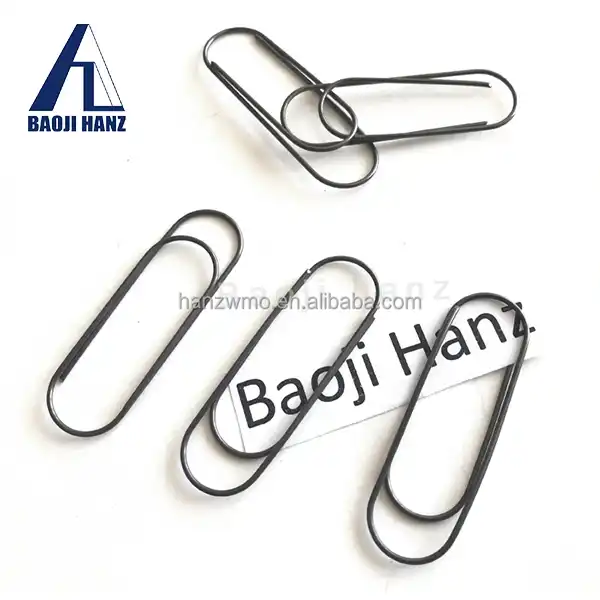
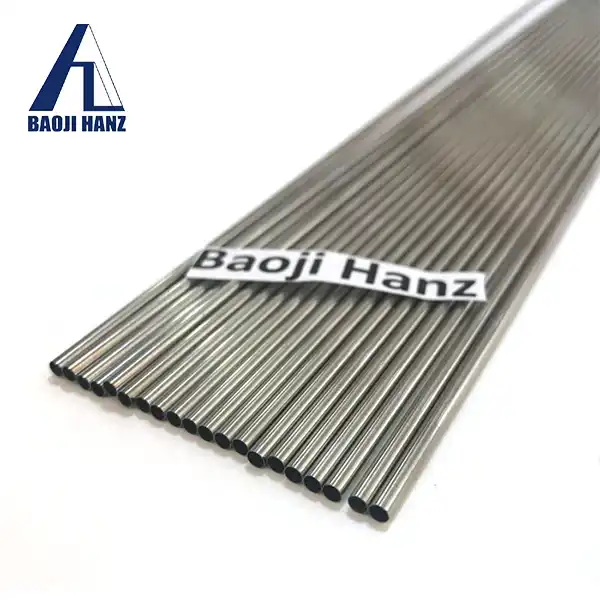
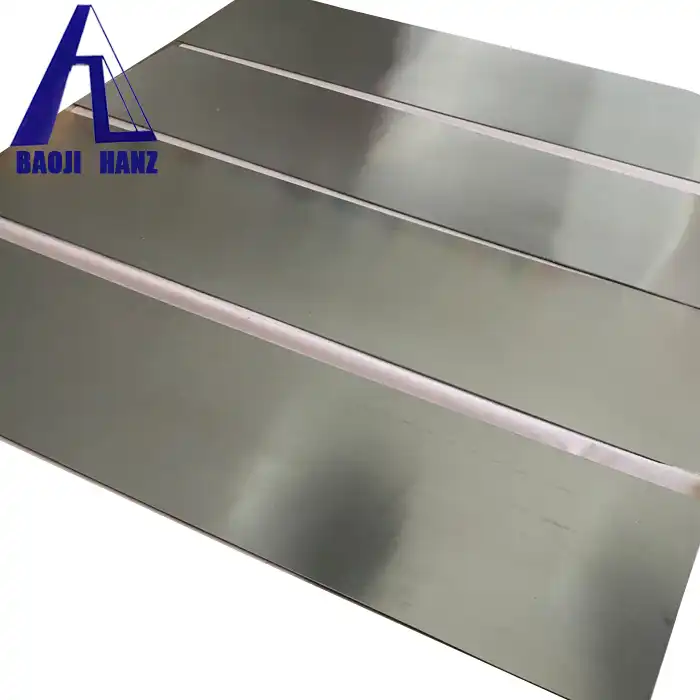
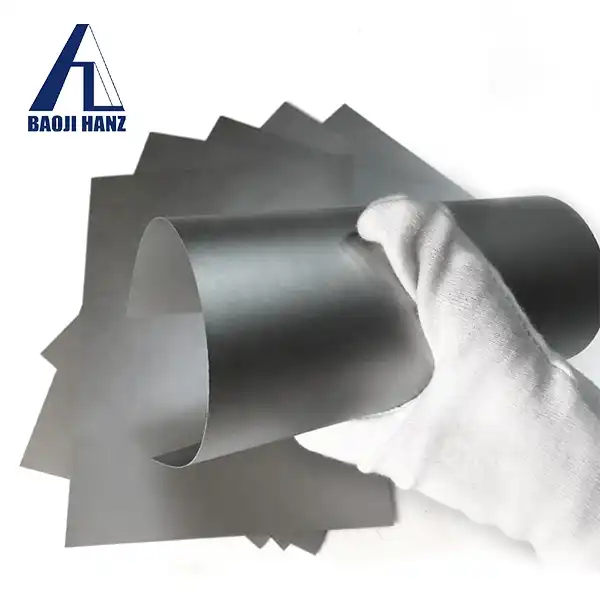
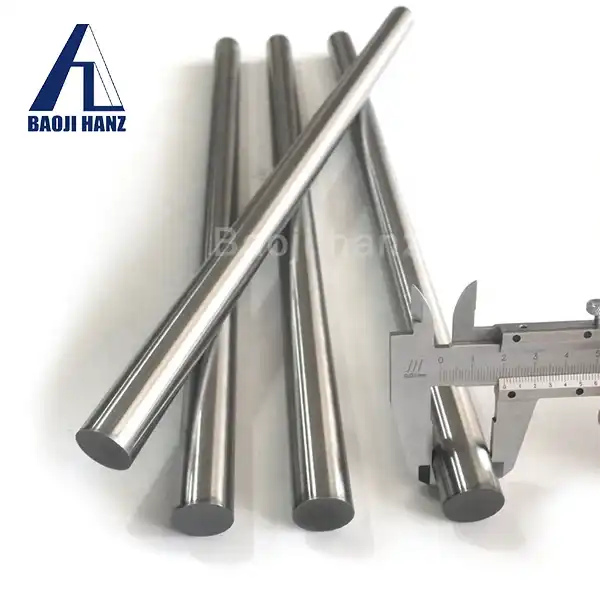
.webp)
.webp)
.webp)